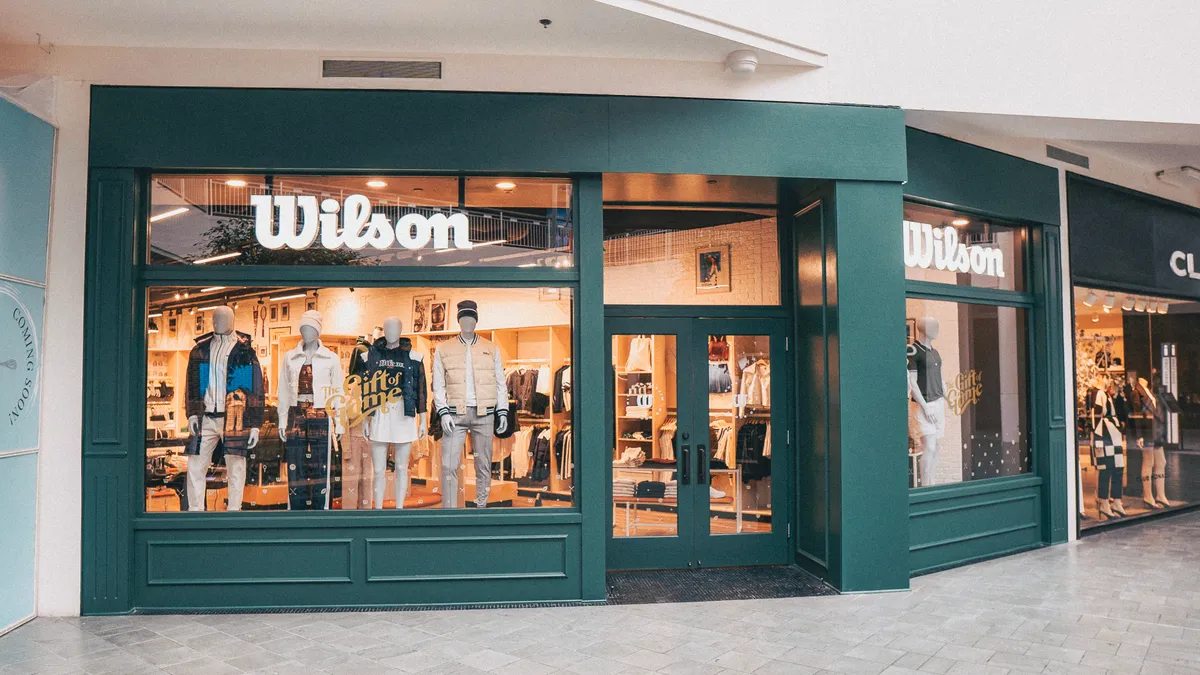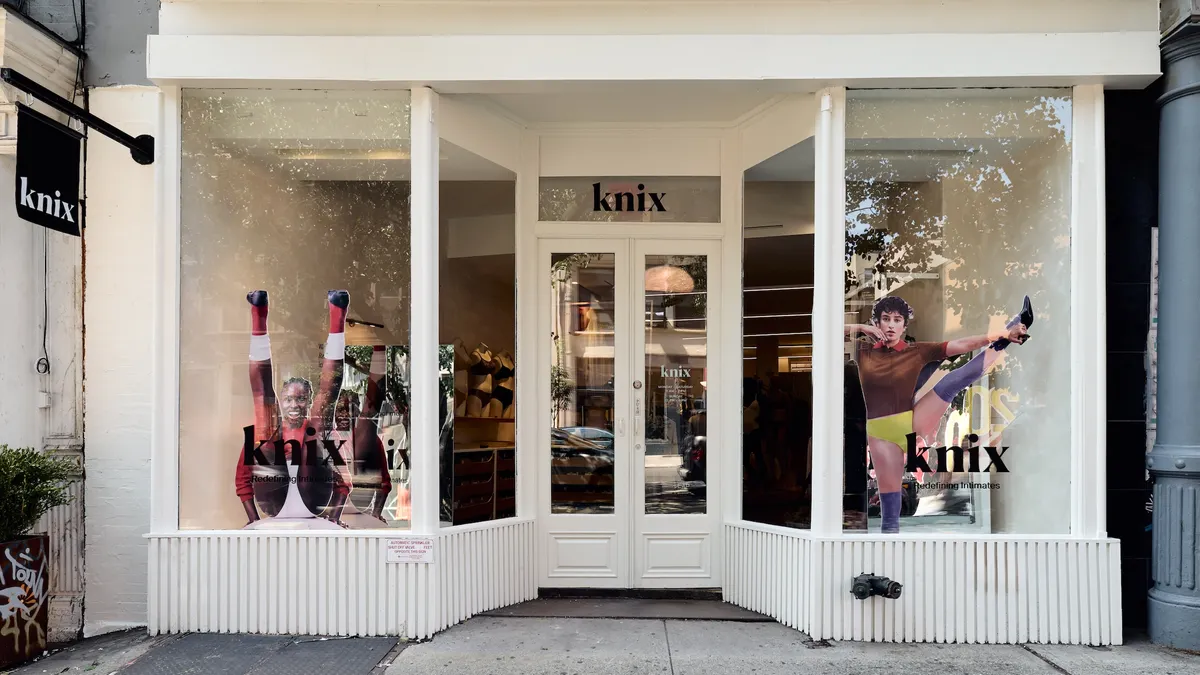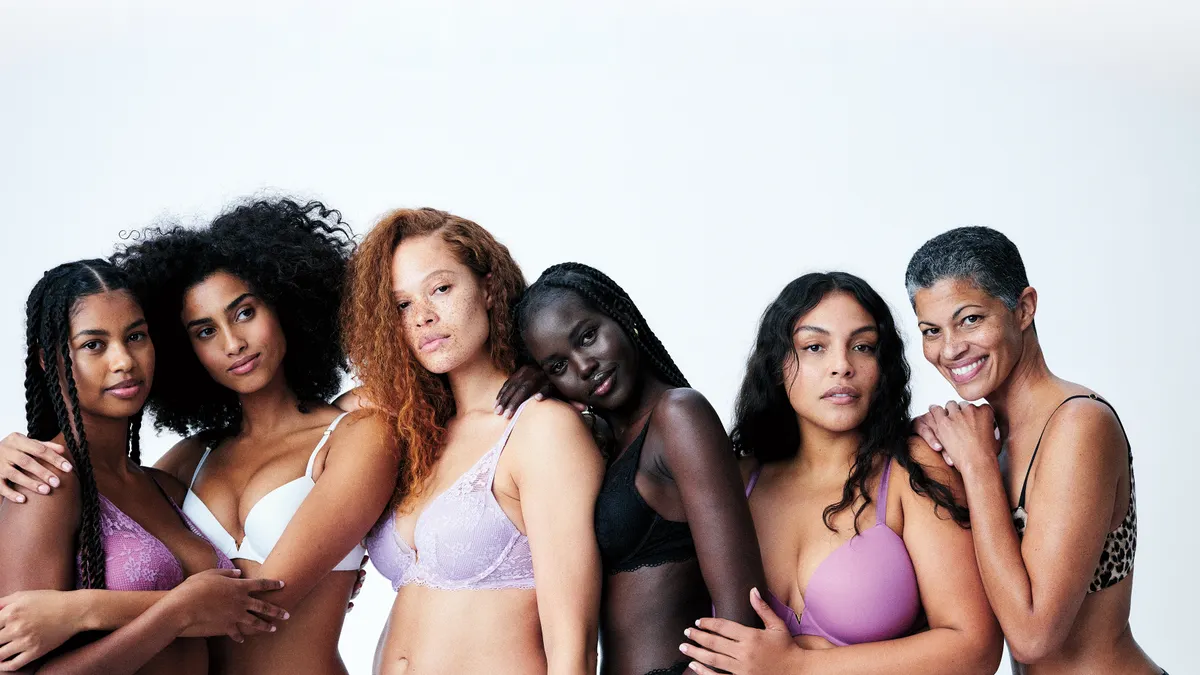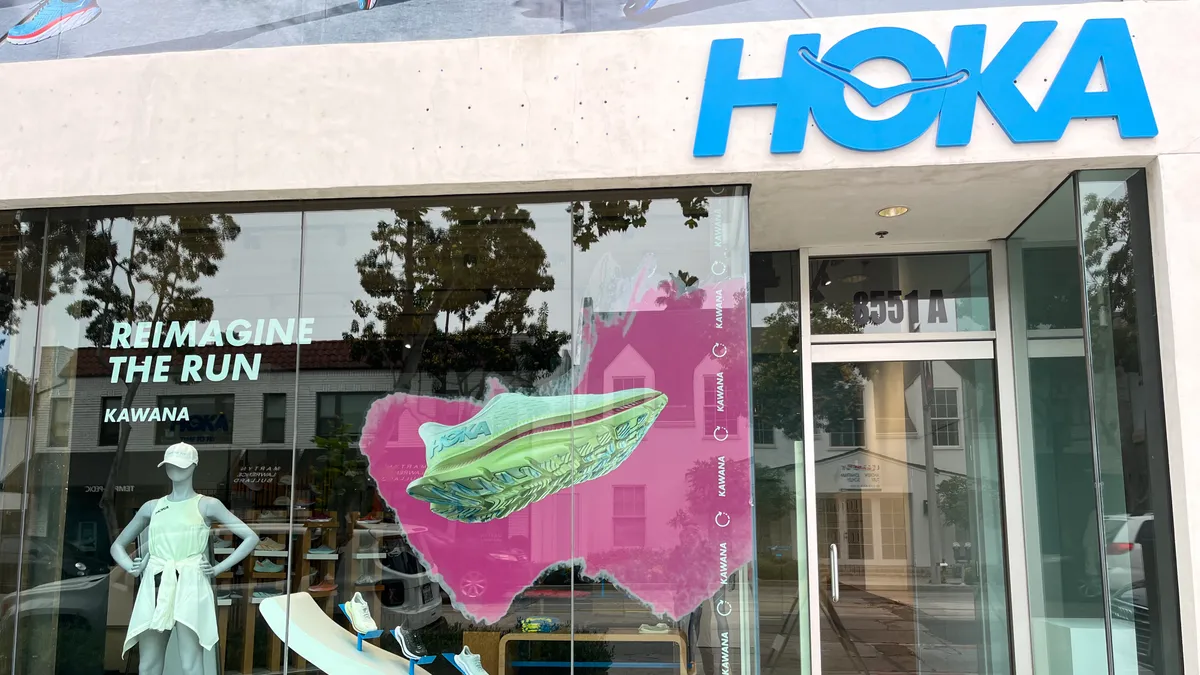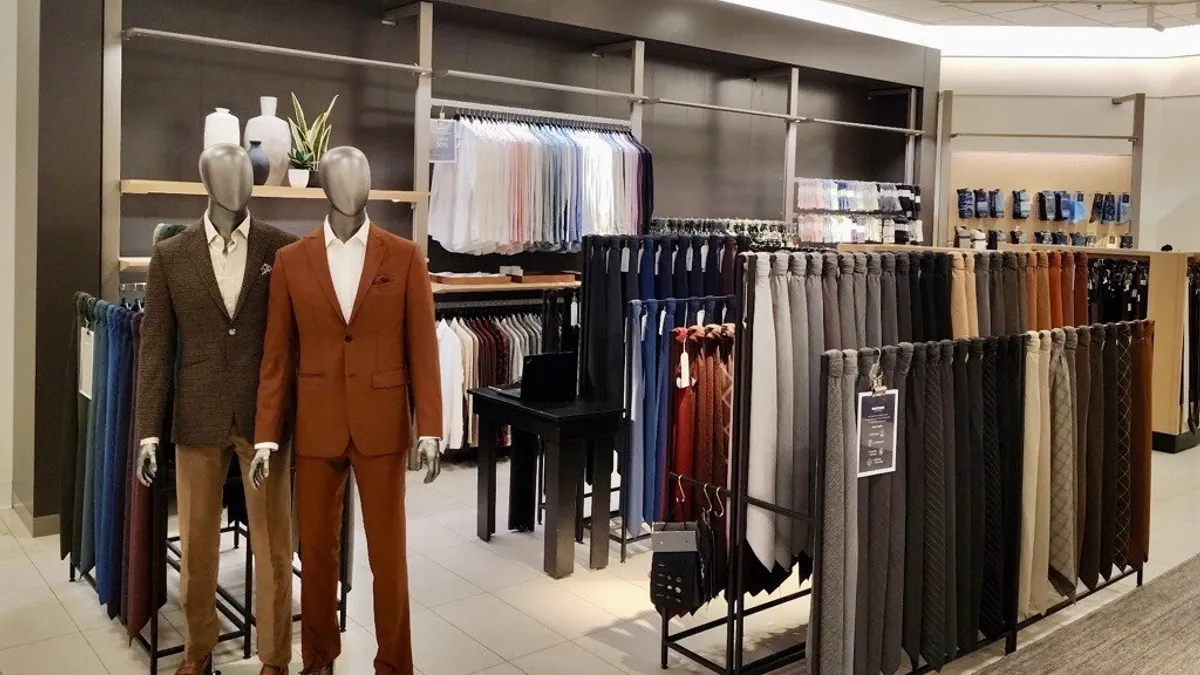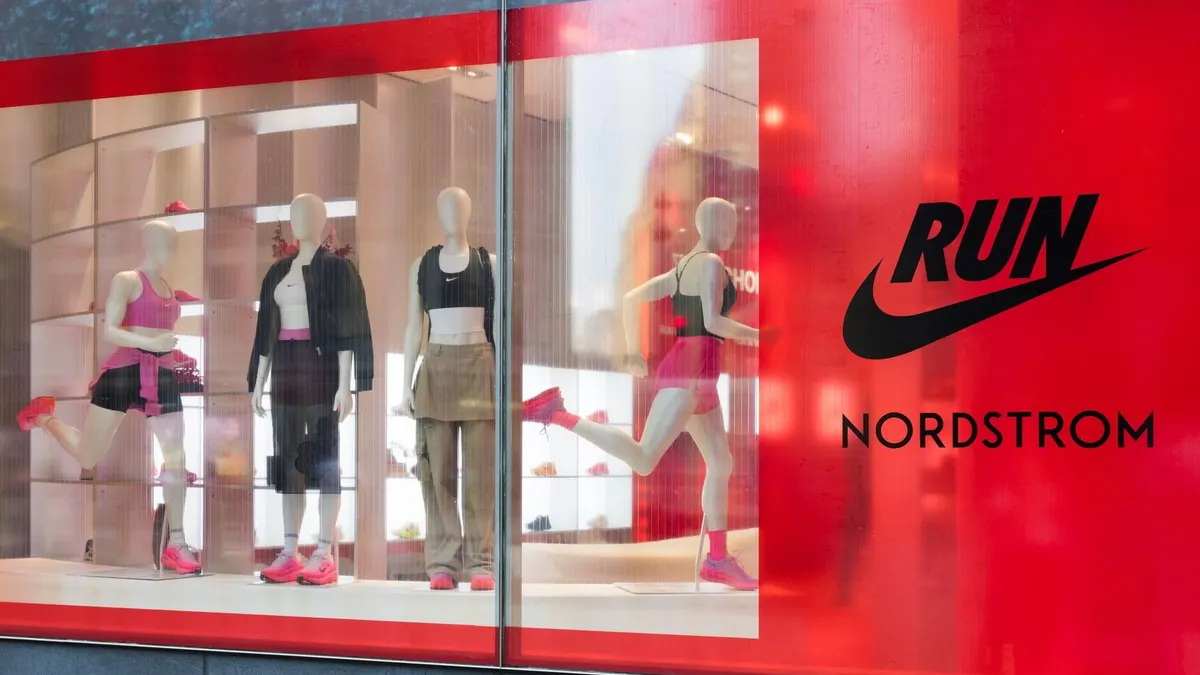The holidays are off to a great start for retailers and the internet has a lot to do with that: Cyber Monday spending rose 19.3% year over year to a record $7.9 billion by the end of the day, making it the biggest online shopping day of all time in the U.S. — well past last year's record $6.6 billion, according to Adobe Analytics.
But Thanksgiving and Black Friday also saw their fair share of digital sales. Some $6.22 billion was spent online by the end of Black Friday, a 23.6% increase from last year, Adobe also found. First-time users for the top 10 mobile shopping apps in the U.S. grew more than 16% on Black Friday, PayPal processed more than $1 billion in mobile payments first on Black Friday, then on Cyber Monday, (another couple of records), and a majority (67%) of consumers say they want to take advantage of buy online, pick up in-store services to make holiday shopping easier.
All that spending is making for a lot of returns. In a report emailed to Retail Dive, business-to-business marketplace B-Stock revealed that 11% to 13% of holiday purchases are returned, that 20% of all returns take place at the holidays and that it costs twice as much to process an online return as it does to sell it, though it should be noted that B-Stock is a solutions provider for returned inventory.
Historically, retailers tend to list 60% more inventory in their first quarters versus their fourths, with the highest volumes coming in February and March. This year between $90 billion and $95 billion in holiday merchandise will be returned, and, with e-commerce holiday sales expected to reach $123 billion, online holiday returns will spike to $36.9 billion.
And a lot of that will be clothes, with "women's trendy apparel" topping B-Stock's list of most returned merchandise from Q4 sales. The category on Black Friday this year saw the biggest increase in orders year over year, a whopping 450%, according to data from retail tech firm Bluecore emailed to Retail Dive. It's a category that, thanks to issues of fit and concerns that don't always translate well from screen to unboxing, sees a high level of returns. In fact, half of Americans expect to return clothing they bought or received over the holidays, according to a survey from 3-D body scan platform BodyBlock AI.
"Return problems are getting worse because more and more business is moving online, where consumers cannot try on clothing to evaluate fit prior to purchase....this makes for a[n] error prone relationship with respect to apparel fit," BodyBlock AI CEO and Co-Founder Greg Moore told Retail Dive in an email.
Indeed, retail analyst Natalie Berg, founder at NBK Retail, thought more retailers would make progress this year, and calls the problem of returns "a ticking time bomb" for the New Year.
The expectation of returns
American consumers have long had the privilege of returning unwanted items to retailers. A few, like Nordstrom and, until recently, L.L. Bean, have been famously liberal with their policies. Now that expectation has carried over to the internet.
"Consumers now expect delivery to be fast, reliable and free. Click and collect has become a prerequisite and shoppers have come to expect free returns. The customer has never had it so good – but this has added a lot of cost and complexity for retailers."

Natalie Berg
Founder, NBK Retail
Nearly a third (32%) of U.S. shoppers say they'll abandon an online purchase without an offer of free returns, and that's the third major reason (after delivery options/charges) for online shoppers abandoning a purchase, according to omnichannel retail management firm Brightpearl's latest 'Fast & Frictionless' report. More than a quarter (28%) do so if they can't find information about a returns policy, according to the report. Things get worse if you include actual purchases, Brightpearl found: 71% of U.S. consumers say if they had a poor shopping experience related to returns, (pre-or-post purchase), they're unlikely to ever shop with the same brand again.
Things are escalating in part because some retailers have raised expectations for the whole industry, according to Berg.
"Most legacy retailers are in the undesirable position of responding to, rather than leading, change. You have these very agile retailers coming in, disrupting the status quo and exponentially raising customer expectations," she told Retail Dive in an email. "Consumers now expect delivery to be fast, reliable and free. Click and collect has become a prerequisite and shoppers have come to expect free returns. The customer has never had it so good – but this has added a lot of cost and complexity for retailers."
Throwing a fit
It's not like retailers have to be told that they're processing more returns, but most don't have the tools to address the new levels, or their causes.
"Retailers are astutely aware of their returns problems, but they have never had the information or services available to solve those problems as they do now..." Moore said. "Most retailers have very little understanding of the body shape or measurements of their customers."
The problem is not intensifying on its own — some retail innovations are fueling it, Berg said. "Returns are a perennial headache for retail. There's no quick fix, but apparel retailers in particular should be doing more to address the root of the problem – sizing," she said. "With free returns, consumers will happily order several sizes with the intention of returning the ones that don't fit. Retailers are digging themselves a hole and it's only going to get worse as 'try before you buy' takes off. By cutting out that last point of friction – paying for everything up-front – retailers are proactively encouraging shoppers to return more."
Some are employing new technology to address the issue, but "there's still a long way to go when it comes to fit/sizing," according to Berg. "Retailers like Uniqlo now ask for basic info like height/weight and then recommend size based on shoppers with similar stats and show the percentage who have returned certain sizes," she said. "Not quite body scanning but a step in the right direction. There is also lots of experimentation around 3D body scanning ([Amazon] of course bought Body Labs) and there are a ton of start-ups in this space. Frictionless fashion will be a key trend in 2019 and beyond."
Fitting in with each other
Retailers, especially in apparel, have to find ways to work with customers on fit, but getting too tough is a "slippery slope," Moore said.
"At the end of the day, retailers are competing with Amazon," he said. "Outside of those that completely abuse the free return services, I don't see Amazon cutting down the ability for their customers to freely return what doesn't fit... Getting the right product to the right consumer and ensuring better fit is the only way to profitably do this."
But greater collaboration among retailers around returns, like Amazon's tie-up with Kohl's in the U.S. (a controversial move by the discount department store that has turned out to be a boon), could also ease some of the pressure, according to Berg. She noted that U.K. grocery chain Asda runs a "very successful" program taking returns for digital brands like Asos and others.
"Supercharged customer expectations means retail must be more collaborative. Competition is all about better serving the customer," she said. "I believe we'll see Amazon look to partner with more retailers globally for a more formal click & collect/return arrangement. [This is] particularly an opportunity for department stores as they look to reinvent the physical space and find creative new ways to drive footfall. It's all about following the customer!"







